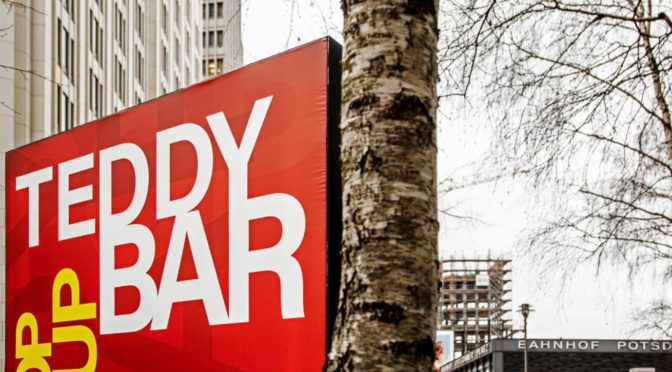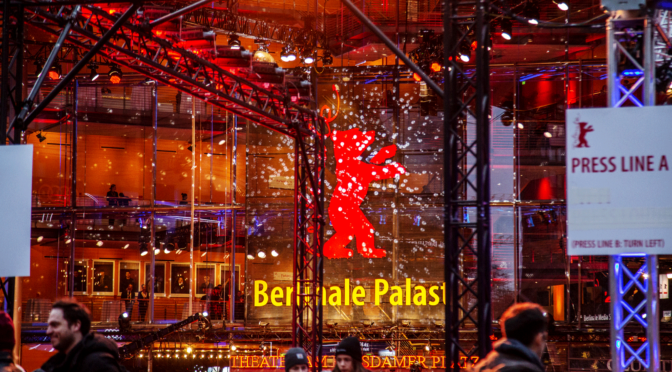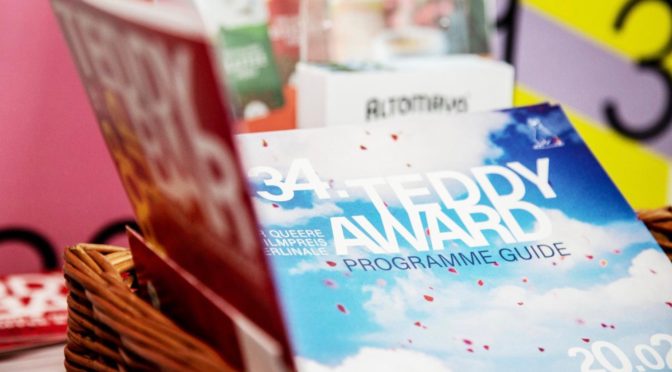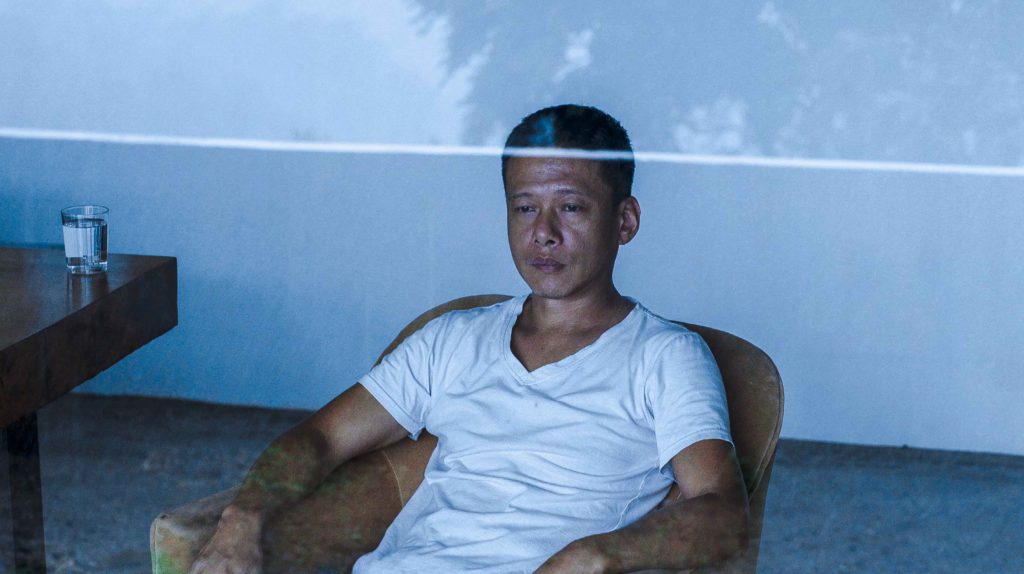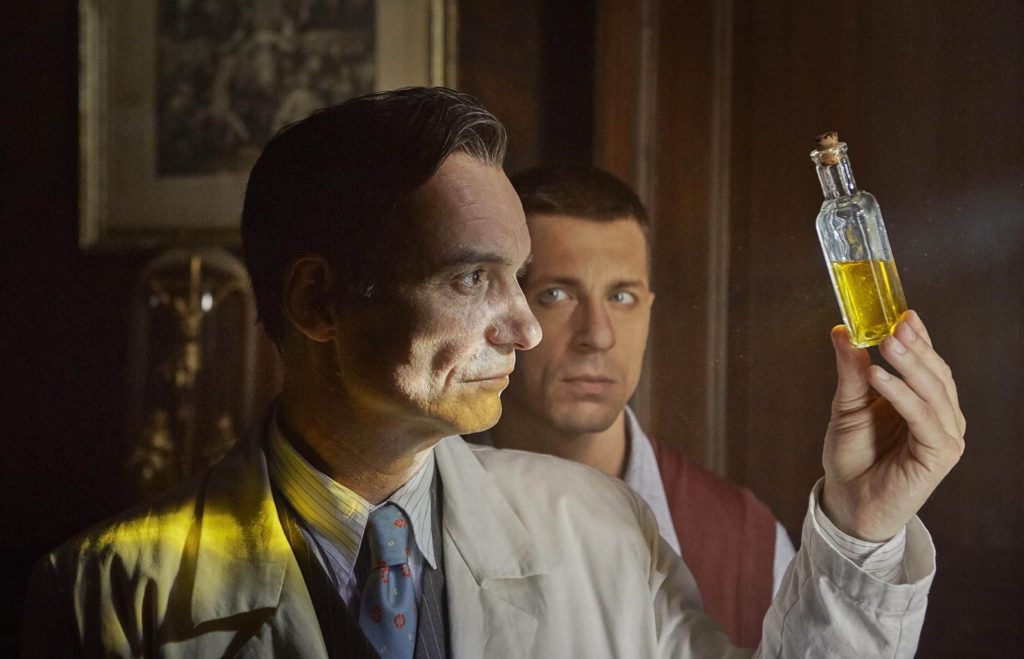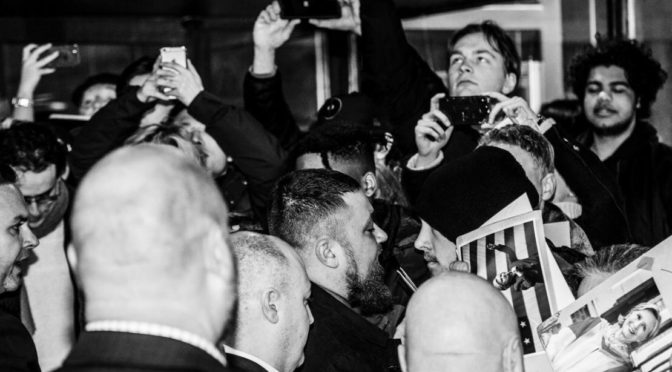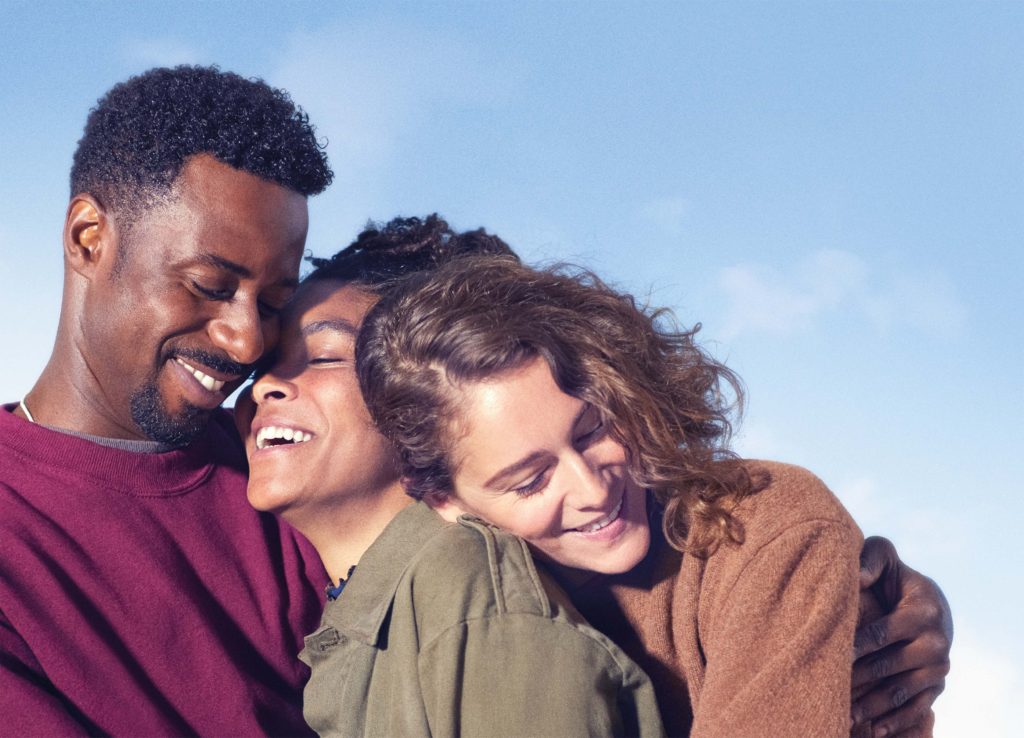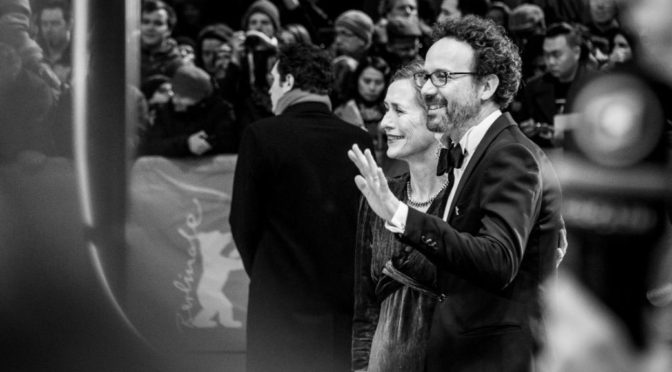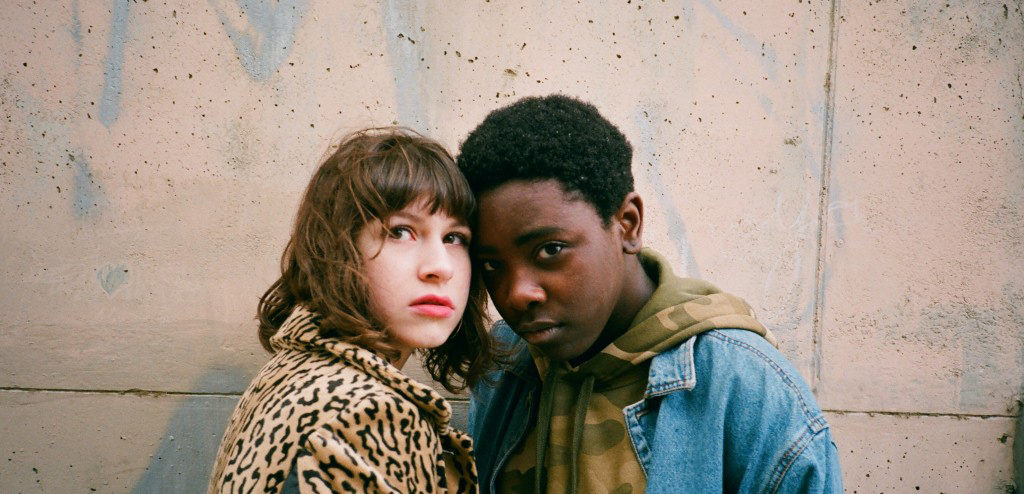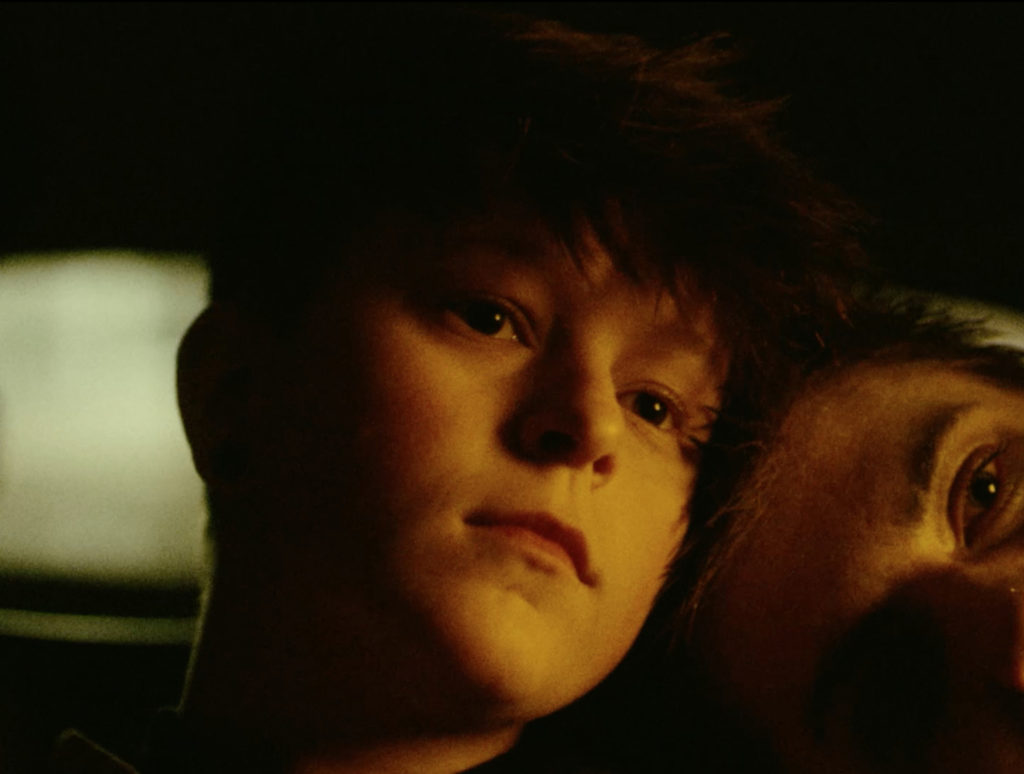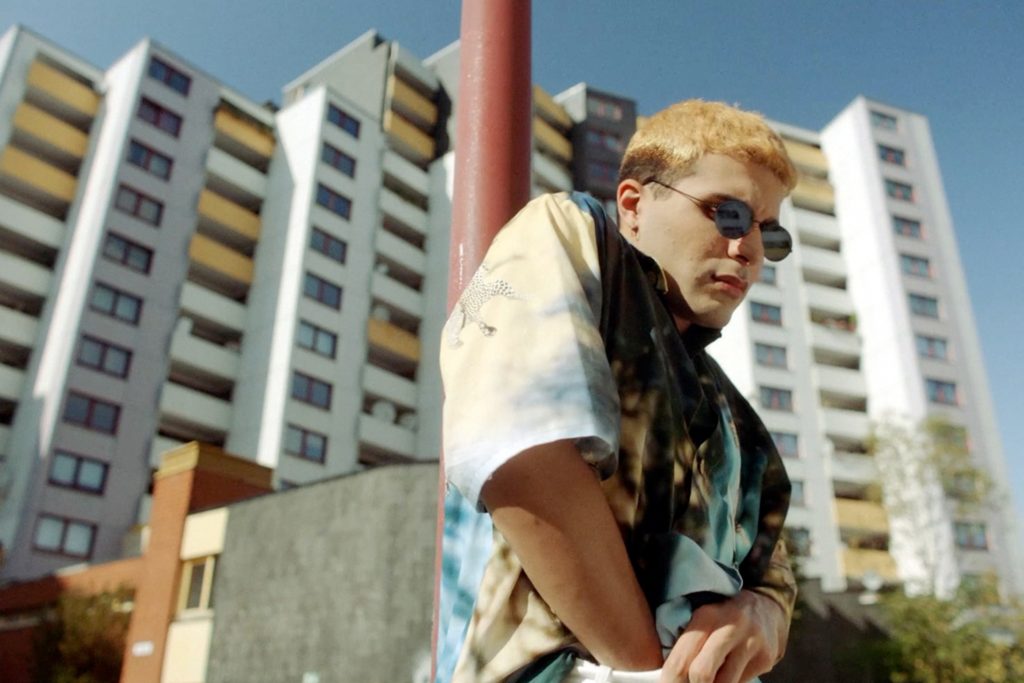Worried that you’ve missed some of the films? Have you watched one that you truly enjoyed and wish to see it again?
We’ve prepared here another list of almost 20 films that you can re-watch (for the first, second or tenth time). Don’t forget to bring a friend! :)
Re-Screenings:
- Vento Seco – CinemaxX 7 – 09:00
- Charlatan – Haus der Berliner Festspiele – 09:30
- El Nombre Del Hijo – Urania – 10:00
- Panteres – Filmtheater am Friedrichshain – 10:00
- Rizi – Friedrichstadt-Palast – 10:00
- Always Amber – Cubix 7 – 10:00
- Babylebbe – Filmtheater am Friedrichshain – 10:00
- Las Mil Y Una – CinemaxX 6 – 11:15
- Charlatan – Friedrichstadt-Palast – 13:00
- Suk Suk – Cubix 7 – 13:15
- Who Can Predict What Will Move You – Filmtheater am Friedrichshain – 13:30
- Alice Júnior – CinemaxX 3 – 13:30
- Welcome to Chechnya – Colosseum 1 – 14:30
- Bloody Nose, Empty Pockets – CinemaxX 4 – 16:00
- Minyan – Zoo Palast 2 – 16:15
- Hama’azin – Zoo Palast 3 – 16:30
- Inflorescence – Zoo Palast 3 – 16:30
- Genius Loci – Cubix 9 – 21:30
- Die Letzte Stadt – International – 22:00
